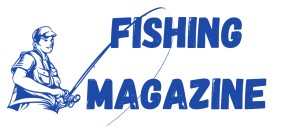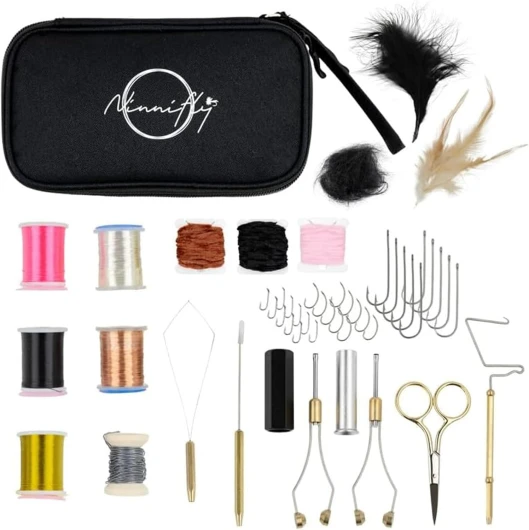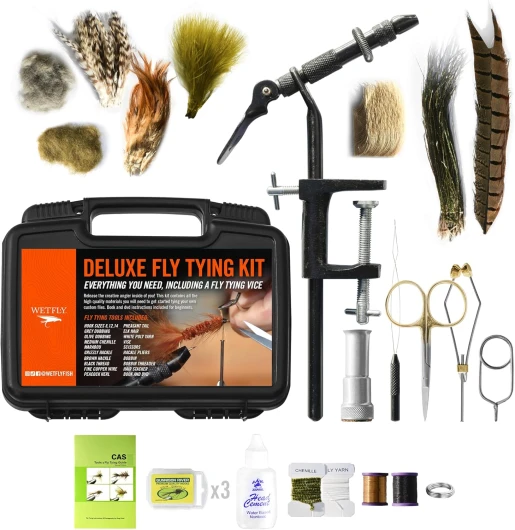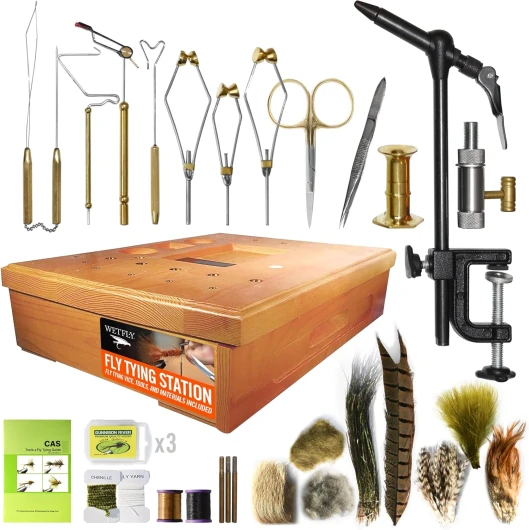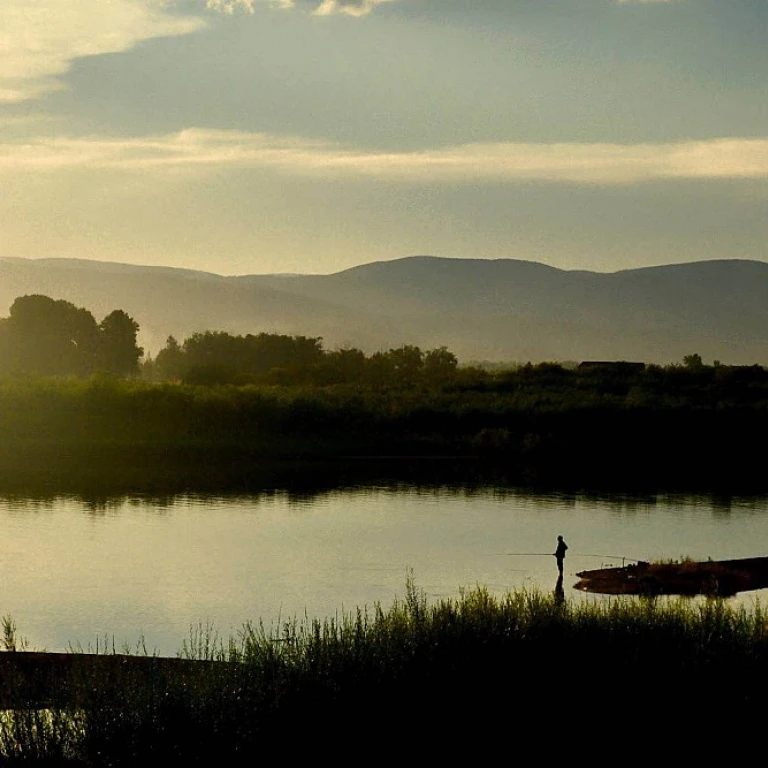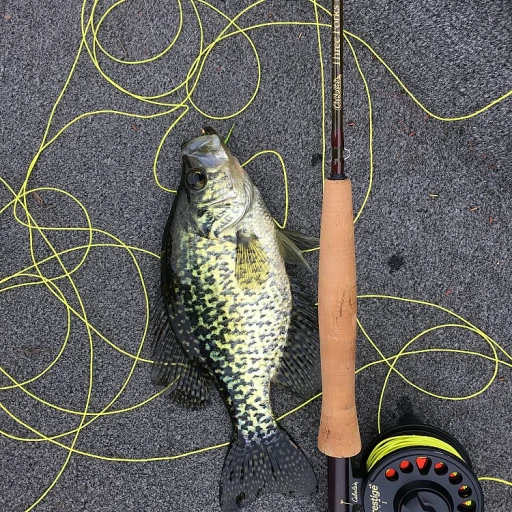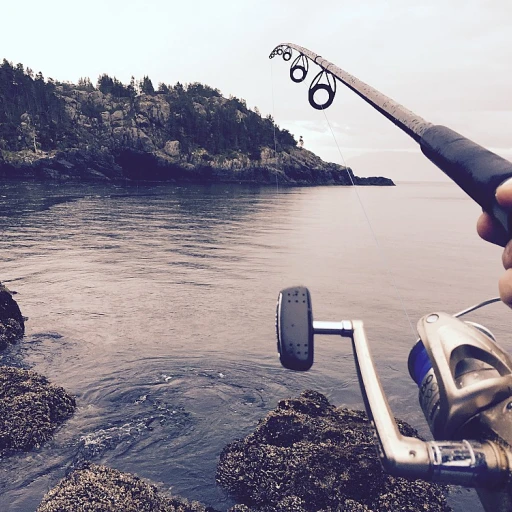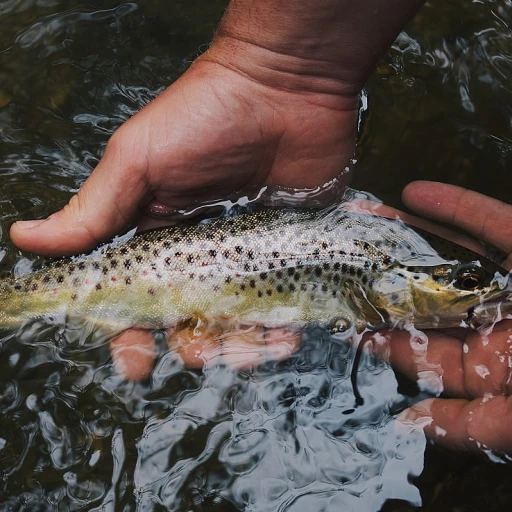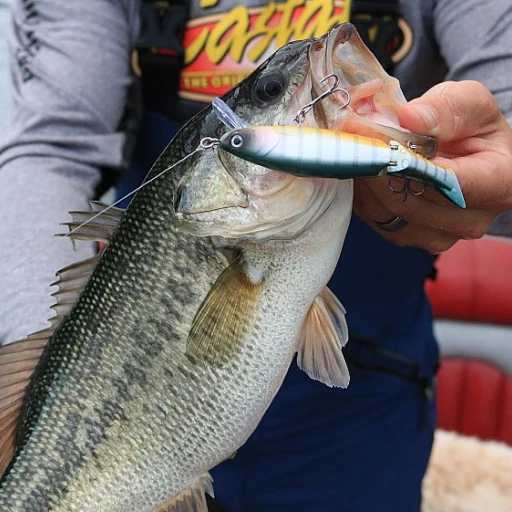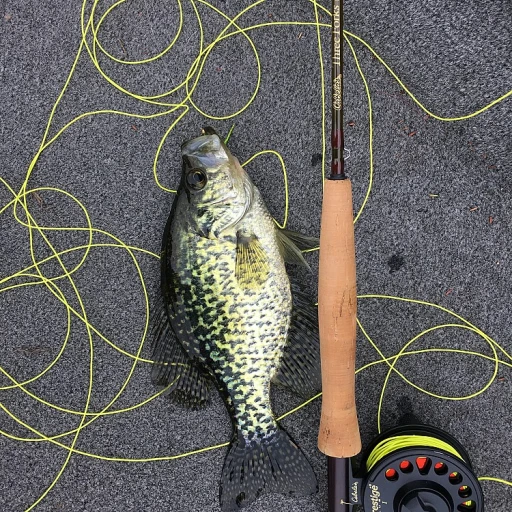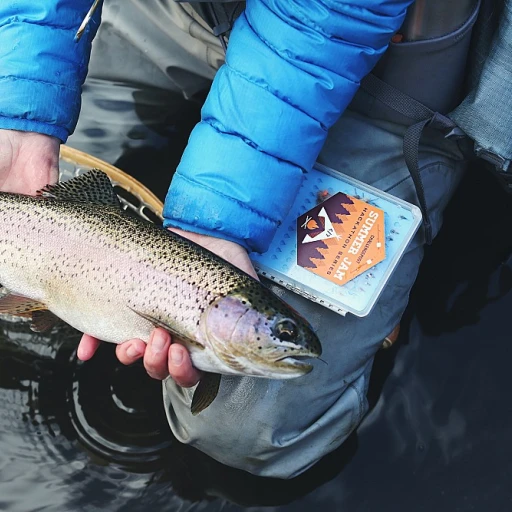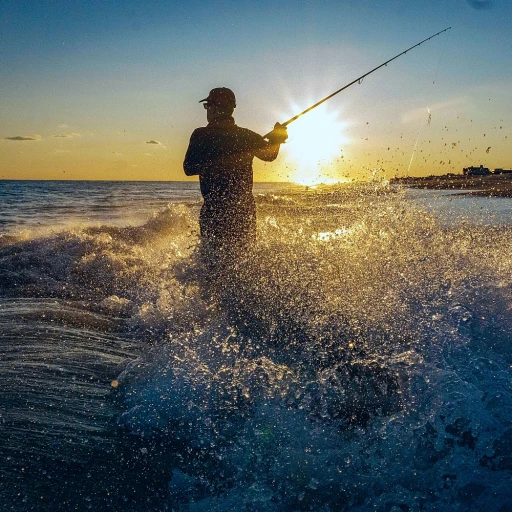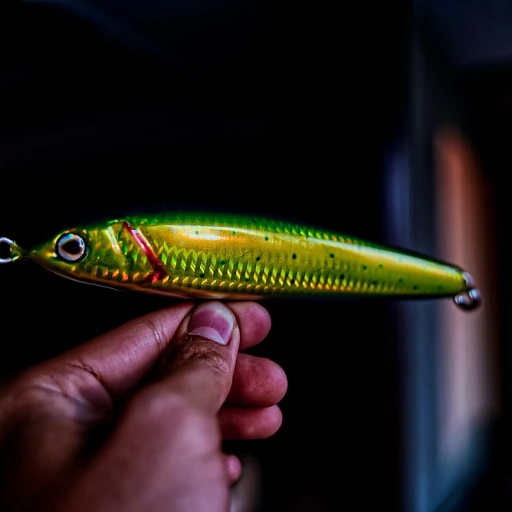
Understanding Fly Tying Kits
Delving into Fly Tying Kits
Fly tying is an integral skill for any angler who wishes to personalize their fishing experience. Fly tying kits provide enthusiasts the tools and materials needed to create custom flies that match the unique conditions of different fishing environments. Whether you’re a seasoned fly angler or just starting out, understanding the components of these kits can elevate your fly fishing adventures.
These kits typically include a variety of tools and materials that cater to crafting specific fly patterns. From nymph flies to dry flies, each kit offers diverse components designed with versatility in mind. The inclusion of various tying materials such as feathers, threads, and hooks, allows for the creation of an array of flies, designed to attract various species of fish.
A significant aspect of selecting the right kit is understanding its contents. Kits may vary in unit price based on the range and quality of materials included. Comparing different options on the market provides insights into their current price, helping to gauge the best choice for your level of expertise.
When choosing kits, also consider the kit size that caters to your specific needs—whether it's the portability for travel fly tying or a more comprehensive set for home use. For those enthusiastic about fly fishing, exploring the available kits from reputable brands can offer a glimpse into the range of original price offerings, and help you identify the best sale price that aligns with your budget.
For anglers interested in maximizing their catch, understanding the intricacies of fly tying can be further enhanced by recognizing different top flies for catching smallmouth bass, which could potentially increase your success on the water.
Choosing the Right Fly Tying Kit
Finding the Perfect Fly Tying Kit for Your Needs
When it comes to selecting the right fly tying kit, the choices can be overwhelming. With various options available, it's crucial to consider your specific needs and preferences. Whether you're a beginner or an experienced angler, understanding what each kit offers is essential to making an informed decision.
First, consider the kit size and the number of flies you plan to tie. Some kits are designed for beginners and include basic tools and materials, while others are more comprehensive, catering to advanced tiers who want to explore intricate patterns. It's important to compare the unit price and the current price of different kits to ensure you're getting the best value for your money.
Next, evaluate the materials included in the kit. A good kit should provide a variety of tying materials such as hooks, feathers, and threads. Check if the kit includes high-quality materials that match the type of flies you intend to tie. For example, if you're interested in tying nymph flies, ensure the kit has the necessary materials for that specific style.
Additionally, consider the tools provided in the kit. Essential tools like vises, scissors, and bobbins are crucial for successful fly tying. Some kits may offer additional tools, which can be beneficial as you advance in your fly tying journey.
Finally, don't forget to look at the details and full details of each kit. Brands like Orvis often provide comprehensive kits with detailed instructions, making them a great choice for those new to fly tying. Checking the original price and any sale price can also help you determine if you're getting a good deal.
For more insights on selecting the best flies for specific fishing scenarios, you might want to explore our guide on top flies for catching smallmouth bass.
Essential Tools in Fly Tying Kits
A Comprehensive Look at the Key Tools in Your Fly Tying Kits
When diving into the intricate world of fly tying, understanding the essential tools within your fly tying kit is crucial. Each tool plays a pivotal role in transforming basic materials into beautifully crafted flies ready for fly fishing. But what exactly do these tools do, and why is quality important when comparing different kits and their prices?- Vise: At the heart of any fly tying kit is the vise, a clamp designed to hold a hook firmly in place. A good vise ensures stability and precision as you work. Whether you're crafting a nymph fly or a dry fly, selecting a vise that can accommodate various hook sizes is essential. When comparing, look for durable vises with smooth operation to ensure consistent quality in every fly you tie.
- Bobbin Holder: This tool allows for smooth control of your tying thread, reducing breakage and giving you more precise control over your tying material. A bobbin holder with a ceramic tube will provide a longer lifespan and is worth the investment, even if it comes at a higher price point.
- Scissors: While seemingly basic, a pair of sharp scissors is vital. They help in trimming materials with precision. Look for stainless steel options that can effortlessly slice through different tying materials.
- Hackle Pliers: These small pliers allow you to grip and wrap delicate feather hackles around the hook. High-quality pliers enhance your control when adding intricate details such as collars and wings.
- Whip Finisher: As you complete tying your flies, a whip finisher helps form neat knots, securing the materials in place. Mastering this tool adds a professional touch to your flies and ensures they survive multiple fishing trips.
Materials and Patterns
Exploring Different Fly Tying Materials and Patterns
Diving into the world of fly tying materials can be both exciting and overwhelming for many fly fishing enthusiasts. While selecting the right tying kit, it's crucial to understand how materials and patterns can influence your overall experience and success in tying flies. When you purchase a fly tying kit, you'll typically find an array of materials included. These materials often range from feathers, furs, threads, to synthetic substances, each with its specific use and purpose. These materials are carefully chosen to mimic the look and movement of aquatic insects and other prey, which are essential when you're tying a nymph fly or other types of flies like dry, wet, and streamer flies. Beginners would benefit from simpler materials, while more experienced tiers might seek out unique or premium materials for custom creations. Here's a quick look at some key materials you might encounter:- Feathers and Hackles: These are used primarily for wings and tails in fly patterns. They add movement and attract fish.
- Threads and Flosses: These can be crucial in building the body of the fly and ensuring durability in the water.
- Furs and Dubs: Whether you are aiming for a natural or synthetic approach, these materials can add texture and buoyancy.
- Hooks: Different sizes and types of hooks determine how you tie your flies and what fish you're aiming to catch.
Tips for Beginners
Getting Started with Fly Tying
Embarking on your fly tying journey can be both exciting and overwhelming. To help ease into the process, here are some beneficial tips for beginners exploring their first fly tying kits.- Understand the Basics: Before diving into your kit, take the time to explore the fundamental techniques of tying flies. Familiarize yourself with the essential tools and materials that will become second nature as you progress. Details such as hooks sizes, the types of tying materials, and basic fly patterns are crucial to understand initially.
- Start Simple: Choose fly patterns that are simple yet rewarding. Many kits come with step-by-step instructions for ties like the Woolly Bugger or the Pheasant Tail Nymph, which are excellent starting points. This will give you confidence and a feel for the tying process without the complications of advanced techniques.
- Practice with Purpose: Fly tying, much like fishing, requires patience and practice. Set aside dedicated time to tie regularly. As you practice, focus on one technique at a time – whether it be whip finishing a fly or mastering the pinch wrap. This approach will yield better results in the long run.
- Quality Over Quantity: While it’s tempting to aim for a high volume of flies, it's more beneficial to concentrate on producing quality ties. Pay attention to detail and consistency, as these will translate into more effective flies on your fishing adventures.
- Utilize Available Resources: There are ample online resources and local workshops that can support your learning. Engaging with the fly tying community can provide additional tips and tricks that can enrich your experience and lead to discovering quality kits on sale with a good unit price.
Advanced Techniques and Customization
Mastering Fly Tying Techniques for the Advanced Fly Fishing Enthusiast
As you deepen your fly tying journey, orchestrating intricate techniques becomes not just a routine, but an art form. Advanced fly tying allows you to push the boundaries of creativity, experimenting with various hook sizes, materials, and tying kits. Engage in advanced techniques to tailor flies that closely resemble the natural prey of your target fish. Utilize a variety of hooks, from nymph fly hooks to streamers, to create lifelike movement and appeal. Here are a few sophisticated methods that can elevate your craft:- Custom Tying Patterns: Use combinations of materials like chenille, marabou, and peacock herl to replicate lifelike textures that can deceive even the most wary fish. Delve into the textures and reflective properties of tying materials to customize each fly with precision.
- Techniques for Realism: Details matter when tying advanced flies. Adjust your unit price by selecting quality feathers and synthetic fibers to add authenticity to your presentations. Tailor your fly tying kit to match the fish habitat and conditions you plan to explore.
- Hybrid Flies: Explore blending patterns and materials to produce hybrid flies that combine attributes from different fly styles. This approach allows for versatility and adaptability across various fishing scenarios.
- Experimentation: Dive into the research and development phase with your tying kit, and don’t hesitate to innovate. Compare the efficacy of traditional patterns against your original designs in your pursuit of crafting the ultimate fly.
